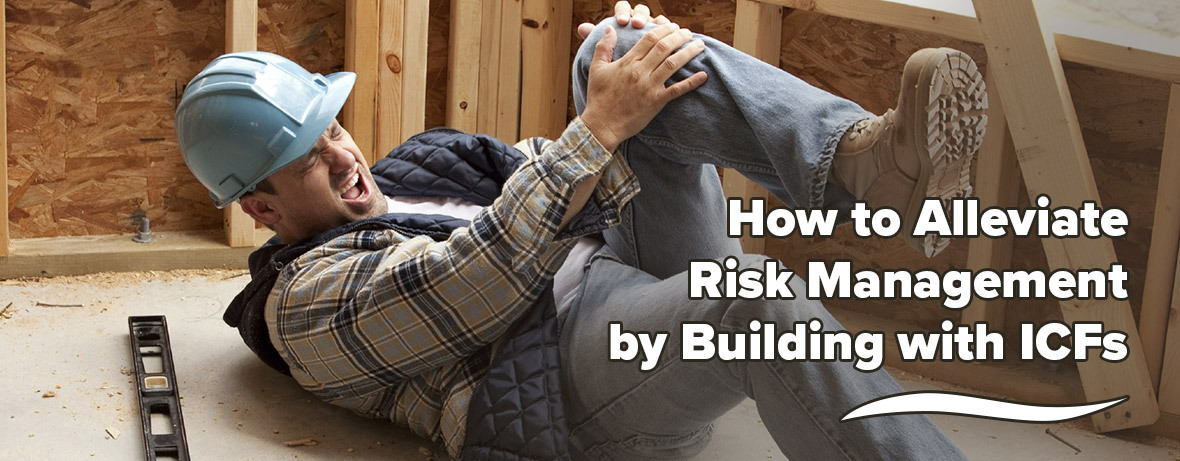
Top Tips for Building a FEMA Approved Storm Shelters

ICF Tornado Safe Rooms or Shelters for Homes and Small Businesses

Florida ICF Homes are Energy-Efficient, Storm-Proof, and Durable
Why Fox Blocks

ICF Construction in Arizona

ICFs Make Home Ownership Attainable for Young Adults and Seniors

How to Alleviate Risk Management by Building with ICFs
Find a Dealer

Exterior Wall Thickness: How Thick Should Your Walls Be?
The exterior wall thickness of a home significantly impacts the house’s energy efficiency, disaster resistance, and IEQ. Learn how thick exterior walls should be.

How to Design a Structure that Minimizes Virus Transmission in the Workplace